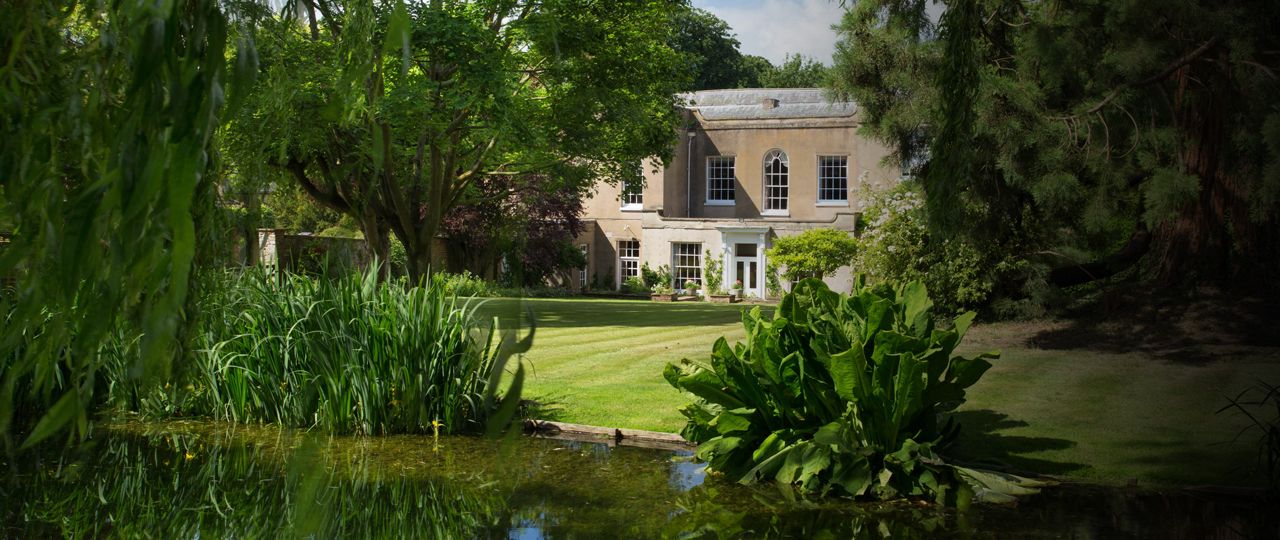
It’s great to have matured trees on your grounds – but while they can increase your home’s value by up to 14%, they also come with a lot of responsibilities.
Trees not only provide aesthetical value to a property but also environmental – from their ability to provide oxygen (two mature trees can supply a year’s oxygen for family of four, so claims Save a Tree), to providing a habitat for wildlife.
Large trees need tending and looking after, especially ones that are protected or hang near public areas. The person who is responsible for the tree owes a duty of care to all those who come near the tree and must be seen to act as a “reasonable and prudent land owner” in respect to safety.
Are they protected?
If your tree or group of trees are old or of historical importance, then they may well be protected by a Tree Preservation Order (TPO). Protection is also given to any trees that fall within a Conservation Area, both designations are created by your local planning authority.
A TPO stops you from cutting it down, doing any excessive work on it, uprooting it, or carrying out any ‘wilful damage or destruction’. You can undertake works to a tree subject to a TPO by getting consent from your local planning authority. What it doesn’t mean is that you are required to carry out any work on it, just because it is protected.
Orders are usually applied to protect trees in the ‘interests of amenity’. What this actually means is not specifically defined, so can be a subjective concept.
They take into account the following:
- Visibility: Can it be seen by the public and would its removal have an impact on the local environment? Part of the tree should be visible from a public place.
- Size and form: Is it a particularly large example of a type of tree?
- Future potential as an amenity: Will its amenity grow in the future?
- Rarity, cultural or historic value: Does it have a story attached to it?
- Contribution to, and relationship with the landscape or a conservation area: Would its removal impact the local area?
- Importance to nature conservation: Does it provide habitat for animals, or would the removal impact carbon emissions? These factors alone, though, would not warrant making an Order.
The fine for wilfully damaging a protected tree is up to £20,000.
Do they encroach on your neighbours?
Whether they are protected or not, if any of your trees – or even part of them – overhangs or encroaches on public spaces or a neighbour’s property then you need to keep an eye on them.
For legal purposes, the tree belongs to the person on whose property it originally grew. So even if the majority of the tree hangs over a neighbour’s garden, if the roots are on your land it’s your tree and you are responsible for its upkeep.
If you do not keep it in shape, your neighbour might. They can cut any branches that overhang their property as long as it’s not protected. Any timber cut down still legally belongs to the tree’s owner. Unless of course you’re dealing with leaves – once they fall they don’t belong to anyone. Which means your neighbour can’t ask you to rake up leaves that have fallen from your tree onto their land. If the leaves are cause serious damage – such as blocking up gutters or damaging roofs – the owner of the tree is responsible and could be made to pay for repairs.
If the roots from your tree reach into another property then the owner of that property has the right to cut them back, especially if they are causing damage to paths or foundations. The law is vague on what happens if this causes the tree to die.
The ‘right to light’ of your neighbours could also be affected by growing trees. If you plant a tree that grows and affects your neighbour’s light substantially, your neighbour could be entitled to damages and serve an injunction requiring you to prune your tree. Though there is no such legislation protecting their right to a view.
As a side note, you’re also liable if someone visiting your property is injured by your tree under the Occupiers Liability Act – this also include trespassers.
Do they encroach on public land?
Sometimes trees on the boundary of your property can overhang or encroach onto public areas like roads, paths or public fields.
Owners of such trees have a duty to take reasonable care of them to prevent them from causing harm. This might mean removing overhanging branches that could fall, or cutting back roots that are a trip hazard.
As part of the Highways Act 1980, local authorities can deal with trees in private ownership that are endangering or obstructing the highway. This could mean cutting back low-hanging branches.
You should therefore keep an eye on your trees for any potential to cause harm. Organising an inspection at appropriate intervals is recommended. If your tree does fall (or part breaks off) and it’s later found the tree was never inspected, you could be liable. Harry Bowen & Others v The National Trust (2011) found that so long as the owner has acted reasonably and prudently to mitigate any risks, then the owner cannot be held accountable for any unforeseen acts of nature.
An inspection can identify any hazards and the relative probability of the tree failing. You can then either remove the tree or offending branches, or erect warning signs.
Inspections are recommended annually by the Arboricultural Association, and maybe more often for at-risk trees. The best time to undertake inspections are September or early October, unless there has been a severe storm or noticeable new damage. This means you may need to consider asking for a professional second opinion.
